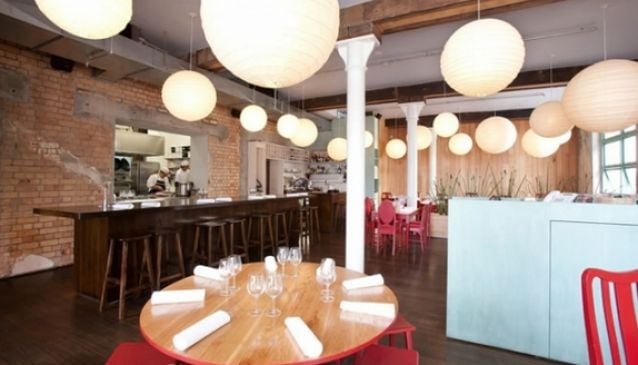

The Bancông team rented the site with an agreement to preserve the villa’s original architecture and take care of it. The villa’s current owner, a Hanoian architect who loves the building, decided to buy the whole place from the other families in order to maintain it properly. This was quite common with old French mansions in Hà Nội in the decades following independence, in 1945. At one time, the entire building was a roof for seven different households. When Bancông opened, the famous Hanoian actress Xuân Qùynh came here every day with her friends, because she loved how the place reminded her of her childhood.īancông has a lot to tell people about itself and the ups and downs of Hà Nội and its people. Bancông tries to recapture a little part of an older Hà Nội, while also appealing to the new generation of Hanoians. Sometimes it can feel as if the city I knew – the place where I was born and grew up – has disappeared. Every year, the skyline is different fashions and trends come and go people’s attitudes and pastimes change. Throughout my life, Hà Nội has been changing rapidly. The cafe has become a place for Hanoians to recall their cosy and intimate memories of Hà Nội’s past, even though most of its customers were born long after the villa was built. The walls are stained from nearly a century of time the antique wooden tables and chairs, the old picture frames, the faded yellow paper books, the arrangement of trees outside and the small, old, pretty decorations inside, along with the French music from the 1920s to 1940s echoing off the walls, all conspire to create a unique vibe at Bancông. The villa has several airy balconies on which to sit, overlooking a bustling street corner.īancông Cafe still retains a nostalgic atmosphere of Hà Nội in the 1930s, a time when the lifestyle of the Tràng An people (an old way to call Hanoians) reflected both the novelty and innovation of French culture mixed with bold, age-old Vietnamese traditions. The name of this cafe reflects its architectural features: bancông means ‘balcony’. Unlike a number of older French villas with sophisticated baroque architecture in Hà Nội, Bancông was built in the Art Deco style with spacious, square rooms filled with light. There is no sponsored content on Vietnam Coracle whatsoever. When I discovered that Biên was the co-owner of such a cool and fascinating coffee shop, I immediately asked him to write about it for the site, because I wanted my audience to know about it.

Biên is a contributing writer for this website. *Disclosure: Biên is a co-owner of Bancông Cafe, but this post is not an advertorial. If you like & use this website, please consider making a donation or becoming a patron.
#CAFE IN HANOI FREE#
Vietnam Coracle is 100% independent & free to read. As co-owner of Bancông Cafe I wanted to help rejuvenate this grand old Hà Nội edifice resurrecting it for a new generation of Hanoians while also retaining its heritage and connection to the past. I was part of the team that undertook this transformation. In 2019, the villa was transformed into Bancông Cafe & Restaurant, but retained the original architecture and structure, making it an attraction for both Hanoians and tourists. This mansion was once tinged with moss and a favourite place for photographers.

Strolling in Hà Nội’s Old Quarter, you’ll be struck by the yellow-painted French colonial-era villa at number 2 Đinh Liệt street. A Nostalgic Coffee Shop in a Heritage Building


 0 kommentar(er)
0 kommentar(er)
